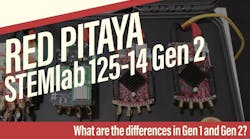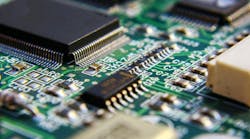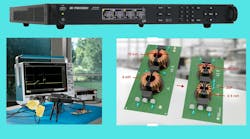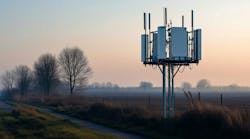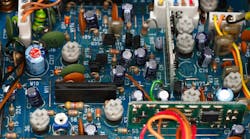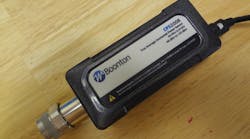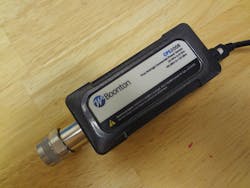Average Power Sensors Don’t Settle for Average Performance (.PDF Download)
In any RF test lab, power sensors are counted on to accurately measure RF power. Determining what power sensor to buy depends on the types of signals that need to be measured, such as continuous-wave (CW) or pulsed signals, along with other factors. This article presents a hands-on look at one of the newest power sensors on the market today from one of the long-standing firms in the industry.
Boonton Electronics, located in Parsippany, N.J., has been at the forefront of RF power-measurement technology for many years. The company, a subsidiary of Wireless Telecom Group, offers a range of power meters and power sensors. One of its latest to hit the market is the CPS2000 Series of true average connected power sensors (Fig. 1).
1. The CPS2000 Series power sensor covers a frequency range of 50 MHz to 8 GHz.
An Overview of the CPS2000 Family
Boonton speaks very highly of the CPS2000 Series—the company boasts that it’s “the most cost-effective average RF power sensor in its class.” But how does it really stack up? Let’s take a look.
Covering a frequency range of 50 MHz to 8 GHz, the CPS2000 sensors can perform true average RF power measurements of CW and modulated signals. The sensors measure signals from 50 MHz to 6 GHz at power levels ranging from −40 to +20 dBm. For signals from 6 to 8 GHz, the measurement range spans −35 to +20 dBm.


